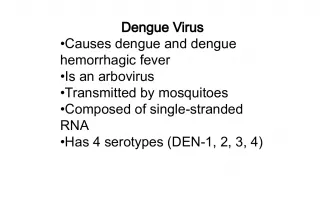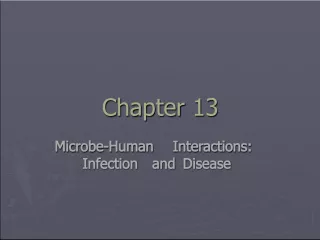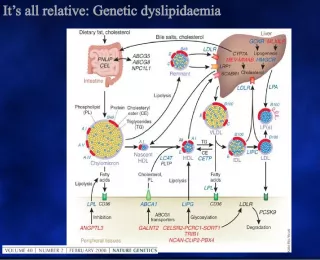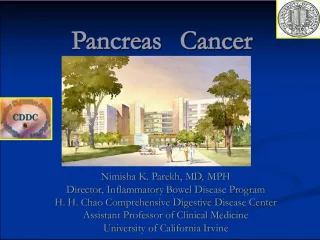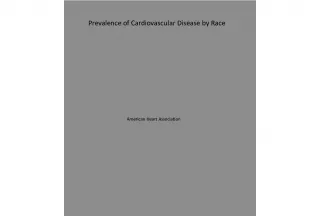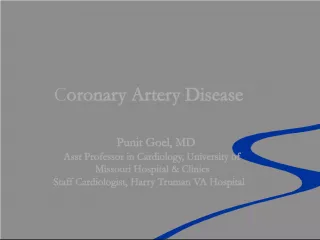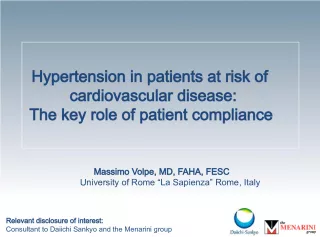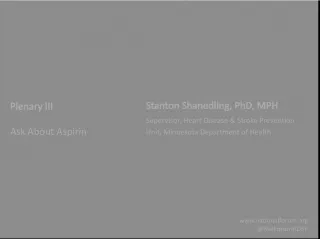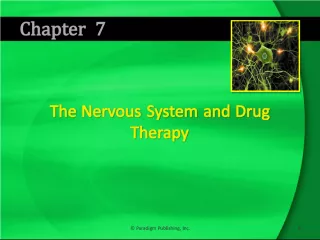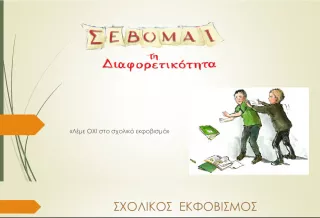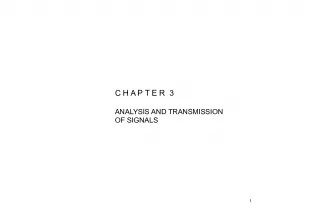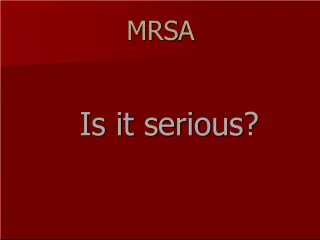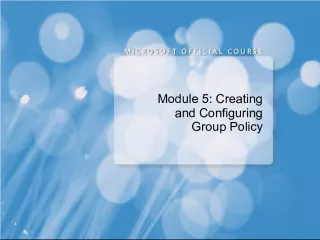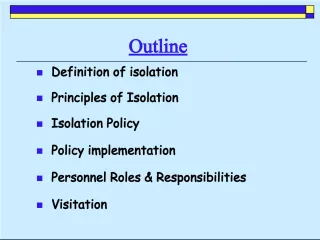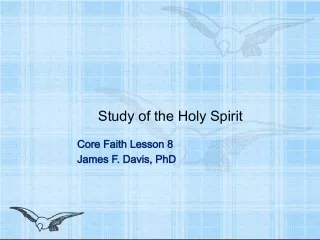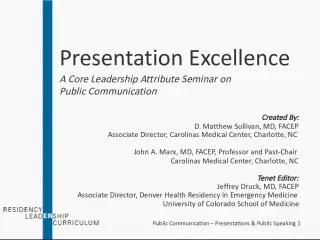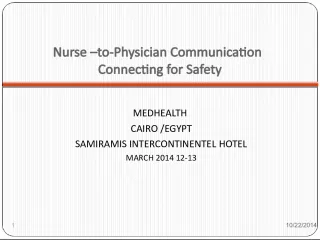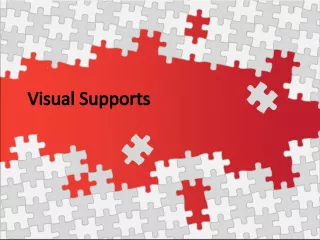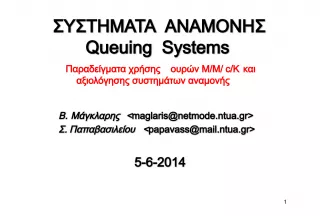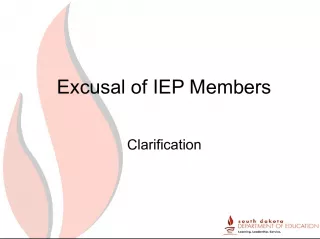Disease Transmission in Different Settings
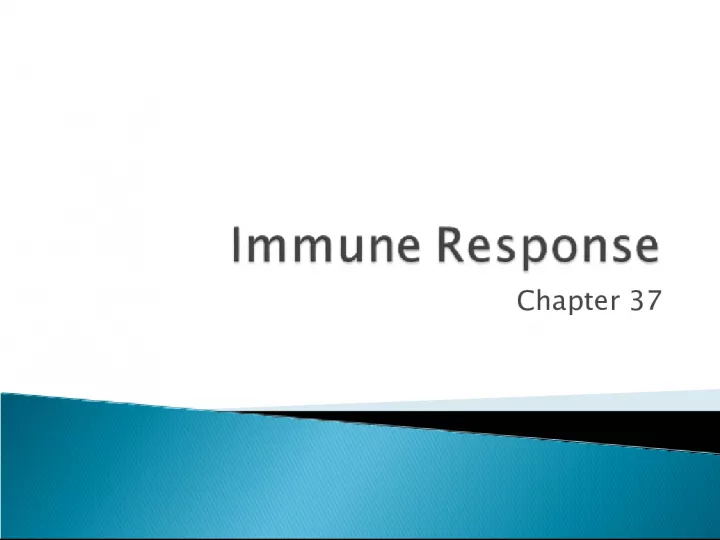

This chapter explores how disease organisms may be spread to people in various settings. It discusses pathogen agents and disease reservoir sources, including animals, people, and inanimate objects such as soil.
- Uploaded on | 5 Views
-
 elina
elina
About Disease Transmission in Different Settings
PowerPoint presentation about 'Disease Transmission in Different Settings'. This presentation describes the topic on This chapter explores how disease organisms may be spread to people in various settings. It discusses pathogen agents and disease reservoir sources, including animals, people, and inanimate objects such as soil.. The key topics included in this slideshow are disease transmission, pathogen agents, infectious disease, disease reservoir, animal reservoir, people reservoir, inanimate object reservoir,. Download this presentation absolutely free.
Presentation Transcript
1. Chapter 37
2. How might disease organisms be spread to the people in the setting below?
4. Pathogen : agents that cause infectious disease Ex. Bacteria, Virus, protozoans, fungi and parasites
6. Disease reservoir- source of the pathogen in the environment. Can be animals, people, or inanimate objects, such as soil.
7. 1. Humans are the main reservoir for pathogens that affect humans. 2. An individual that is symptom-free but capable of passing the pathogen is called a carrier Ex. Flu or HIV
8. 1. Other animals also are reservoirs of pathogens that can be passed to humans. 2. Swine Flu / Bird Flu 3. Rabies
9. 1. Soil (Tetanus bacteria) 2. Contaminate Food or Water (feces)
10. Vectors Indirect contact through air Indirect contact by objects Direct contact
11. 1. Direct Contact: Mononucleosis and STDs are passed from one individual to another through direct connections 2. Indirect Contact: pathogen passed through air (sneezing, coughing) or on objects (door knobs) 3. Vectors: carried through another organism (ticks-limes disease, mosquito West Nile Virus)
12. 1. Coughing A. Direct Contact 2. STD B. Indirect Contact 3. Tick Limes Disease C. Vector 4. Touching Door handle
13. When you become ill, why do you feel those aches and pains, and why do you cough and sneeze?
14. A. Virus multiples and exits cell through exocytosis or cell bursting. 1. Damages tissues and kills some cells B. Bacteria can produce harmful toxins and chemicals 1. Toxins can be carried through blood and damage cells throughout the body 2. Ex. Tetanus nervous system
15. 1. A(n) _______ is an agent that causes an infectious disease. 2. Malaria is transferred to an individual by a mosquito. The mosquito is a ______________. 3. A source of disease organisms is called a(n) _________________.
16. A. Centers for Disease Control and Prevention (CDC) and World Health Organization (WHO) study patterns of disease B. Endemic Disease: Continually found in small amounts in the population Ex. Common Cold C. Epidemic : Large outbreak of a disease in an area D. Pandemic : Spread to a large region (Country)
17. A. Antibiotic - substance that can kill or inhibit the growth of other microorganisms 1. Penicillium 2. Erythromycin 3. Neomycin 4. Gentamicin
18. B. Antibiotic Resistant Bacteria 1. New drug therapies have been developed to treat bacteria infections.
19. 1. True or False: All bacteria and viruses cause disease. 2. West Nile Virus is an example of a disease which is spread by _______. A. direct contact B. indirect contact by objects C. indirect contact through the air D. vectors
20. 3. What is a disease reservoir? A. the source of a pathogen B. the organ the pathogen infects C. the medium that transmits the pathogen D. the set of symptoms caused by the pathogen 4. What are the most common vectors that transmit diseases? A. arthropods B. mammals C. chemical toxins D. tiny mucus droplets
21. 1. A(n) _______ is an agent that causes an infectious disease. 2. When a disease becomes widespread in a particular area it is called a(n) ______________. 3. A source of disease organisms is called a(n) _________________.
22. 5. What is the source of most antibiotics? A. bacteria B. fungi C. protists D. plants 6. Identify the term used to describe a large outbreak of a disease in one area. A. endemic B. epidemic C. pandemic D. systematic
23. I. Nonspecific Immunity A. The body has a number of defenses in the immune system that fight off pathogens. B. Skin Barriers C. Chemical Barriers (tears, saliva, and nasal secretions contain lysozyme )
24. A. The body has nonspecific immune responses to pathogens that get beyond its barriers. 1. Cellular Defense : Phagocytosis of white blood cells 2. Interferon : Protein secreted by cells to kill viruses 3. Inflammatory Response: increase blood flow to infected area
25. A. Bacteria or Viruses have specific proteins attached to each molecule ( antigens ) B. When immune system detects an antigen, it produces antibodies (molecules that bind to that particular antigen) C. Antigen + Antibody = destruction by body
26. A. B and T Cells are types of white blood cells B. B Cells produce antibodies proteins that will bind with only that antigen C. Memory B Cell: recognize specific antigens for life D. Cytotoxic T Cell: recognize cells in the body that are infected, punching holes in membrane (killing cells) E. Helper T Cells: helps create B cells and Cytotoxic T Cells Ex. HIV infect these cells
28. A. Overreaction to common substances (mold, pollen, certain foods, etc.) B. Antibodies made cause histamines (chemicals) to be released from cells C. Cause fluid in nasal passages, hives, ect. D. Antihistamine
30. 1. Which substance kills pathogens by breaking down bacterial cell walls? A. cytokine B. hydrochloric acid C. interferon D. lysozyme 2. Which white blood cells are the antibody factories? A. B cells B. T cells C. cytotoxic T cells D. macrophages
31. 3. What can be injected into a person that will inactivate the venom from a snakebite or scorpion sting? A. antibodies B. cytokines C. lymphocytes D. macrophages 4. How are most viral diseases fought? A. with antibiotics B. with antiviral drugs C. with chemical agent D. by the bodys immune system
